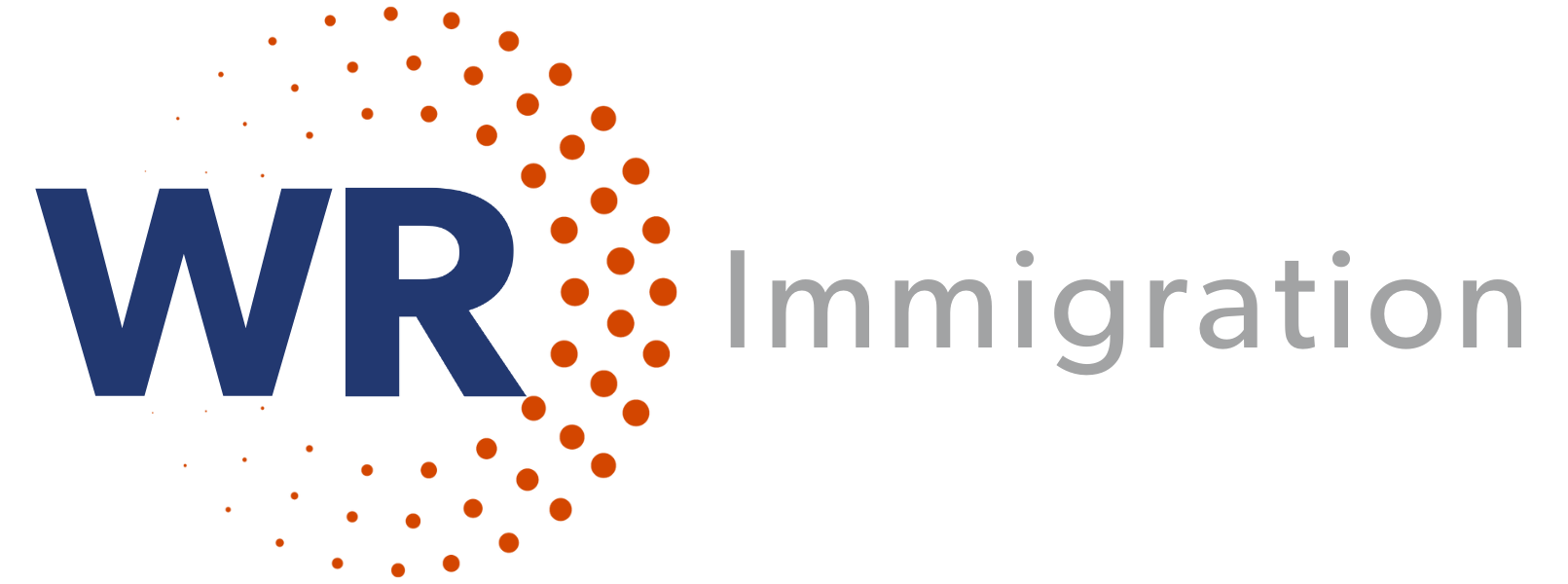Due to ongoing pandemic-related concerns, the Department of Homeland Security (DHS) has extended to April 30, 2022, the flexibility policy in complying with certain physical inspection requirements related to Form I-9, Employment Eligibility Verification. The flexibility policy previously was set to expire on December 31, 2021. Below is a summary of the background, related guidance, and employer takeaways and tips from the field.
Briefly, as many employers know, in March 2020 DHS began extending flexibilities to employers whose employees needed to work remotely due to the pandemic. Those flexibilities included temporarily not being required to review an employee’s identity and employment authorization documents in the employee’s physical presence while all employees are working remotely due to the pandemic.
However, according to DHS guidance, in such circumstances employers must inspect the I-9 Section 2 documents remotely (e.g., via video link, fax, or email) and obtain, inspect, and retain copies of the documents within three business days of hire. Employers are instructed to enter “COVID-19” as the reason for the physical inspection delay in the Section 2 Additional Information field once physical inspection takes place after normal operations resume. Once they resume, DHS said, all employees who were onboarded using remote verification must report to their employer within three business days for in-person verification of identity and employment eligibility documentation. Once the documents are physically examined, the employer should add “documents physically examined” with the date of inspection in the Section 2 Additional Information field, or to Section 3, as appropriate.
Employers using this policy also must have written documentation of their remote onboarding and telework policy for each employee.
Employer Takeaways and Tips
- If any workers are physically back in the office, the remote option is not available. DHS said there are “no exceptions” to the requirement for in-person verification of identity and employment eligibility documentation in these circumstances.
- However, for an employee working remotely who is not able to come to the office for onboarding, an authorized representative can be designated to review the I-9 documents and complete the process at the employee’s location. An authorized representative can be any person the employer designates to complete and sign the I-9 on their behalf; a notary public, HR company, or attorney is not required. Even friends and family members of the employee can serve this purpose if needed.
- Employers should take care in choosing their authorized representatives for I-9 purposes, however—the employer is liable for any errors or violations that person may commit in connection with the form, the verification process, or any employer sanctions laws. It is advisable to give clear instructions to the authorized representative, and to have someone knowledgeable at your company (e.g., an HR person familiar with the I-9 process and requirements) review their work as quickly as possible to confirm accuracy and have corrections made if needed.
- Employers should monitor the DHS and U.S. Immigration and Customs Enforcement (ICE) workforce enforcement announcements for updates on ending the extension.
- E-Verify participants who meet the criteria and choose the remote inspection option should continue to follow current guidance and create cases for their new hires within three business days from the date of hire.
Contact your WR attorney for advice and help in specific situations.
More info:
- ICE announcement, Dec. 15, 2021, https://www.ice.gov/news/releases/ice-announces-extension-i-9-compliance-flexibility-3
- ICE March 2020 guidance and a related March 2021 update, https://www.ice.gov/news/releases/dhs-announces-flexibility-requirements-related-form-i-9-compliance#_blank


